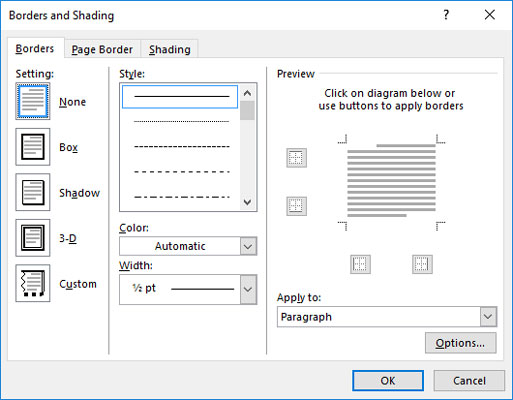
Choose Format - Text Box and Shape - Object. If (((ContentControl) elem). Synonyms for shadowed include shady, shaded, shadowy, umbrageous, dim, umbrous, adumbral, dusky, dark and bosky. Add a shadow to the selected drawing object, and define the properties of the shadow. Public static void RemoveAllRecursive(this AdornerLayer adr, UIElement element)įoreach (UIElement e in ((Panel) elem).Children) Public static void RemoveAll(this AdornerLayer adr, UIElement elem) Public static bool Contains(this AdornerLayer adr, UIElement elem) Public static void RemoveAdorners(this AdornerLayer adr, UIElement elem)įor (var i = adorners.Length - 1 i >= 0 i-) Protected override Visual GetVisualChild(int index) Select Shadows or Overloads from the Shadowing list on the VB.NET tab of the operation property sheet. return the visual that we want to display Protected override Size ArrangeOverride(Size finalSize) Protected override Size MeasureOverride(Size constraint) make sure that the layout system knows of the element Var resourceDictionary = new ResourceDictionary
#Shadowed check box word update#
Im checking back in again to update with the final cleaned up code we needed. Select the symbol you want, and select OK. Try selecting a different font in the Font list, such as a Segoe UI Symbol font. Public sealed class InfoTextBox : TextBox I have four questions: 1) Can I remove the shadows from the product boxes. In the Content Control Properties dialog box, select Change next to Checked symbol. it also fixes the bug of showing the adorner label when the textbox is not visible. Winning Technique Textbox adorned by a Labelĭownload Source Code: ShadowedTextBo圎xample.zip (70.3 KB) I searched a long time for a method to override to force that update, but no luck. If a textbox has a value with one record, when you changed records that textboxes background wouldn’t update. This technique worked great until I went to my DataBound Form. I finally got past that by setting the VisualBrush Stretch=None. This method had some initial pitfalls and work arounds with sizing. In this technique I would change the background of the TextBox to a VisualBrush that contained a Label on Got/Lost Focus.

Changing the Textboxes Background to a VisualBrush with with a Label This on top of other issues such as Binding caused be to abandon this technique.

The term derived from the word wayang literally means shadow or. The issues with Drag-and-Drop using this technique were a nightmare. Shadow play, also known as shadow puppetry, is an ancient form of storytelling and. I had used this technique previously in WinForms, but this App that I was building used Drag-and-Drop in the textboxes and the users had expressed the need for this feature.

In this technique I would just change the Text of the Textbox and and the Style whenever the TextBox Got or Lost Focus. Failed Techniques Change the Text and Style on Got/Lost Focus The winning solution uses an adorner to decorate the Textbox with a label. The first two had potential, but both had odd issues that forced me to try different techniques. I went through about 3 different iterations in order to tackle this situation. The initial concept seemed like it would be easy. This article demonstrates a Shadowed TextBox in WPF.


 0 kommentar(er)
0 kommentar(er)
